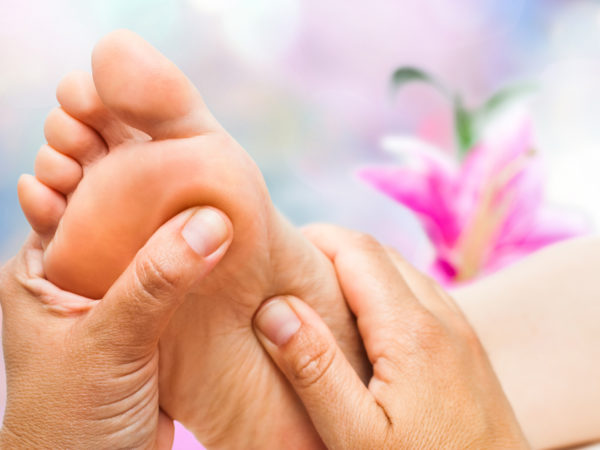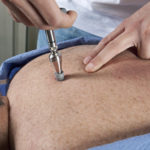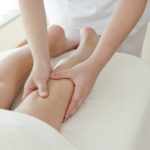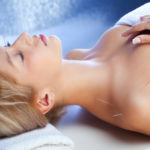Four Massage Tips

Massage can be both relaxing and therapeutic, especially for those with back issues, muscle strains or osteoarthritis. Discover which kinds work best.
What is Good Massage?
Fun with Foot Massage
Therapeutic Massage
Massage Tips
1. What is Good Massage?
Massage can be beneficial for many health conditions. The healing touch of massage can reduce heart rate, blood pressure and stress hormone levels. It can also enhance immune function, boost levels of endorphins and serotonin – the body’s natural painkillers and mood regulators – and increase blood circulation, all while easing sore and achy muscles.
If you have problems with tension headaches, back issues, sports injuries, arthritis, or fibromyalgia, experiment with massage as a relaxing way to help reduce or even eliminate associated pain. Those with eating disorders, anxiety or depression can take advantage of the effects massage has on the mind. Both pregnant women and preterm infants can enjoy the benefits of massage: mothers-to-be can reduce stress levels and pain associated with labor, while preemies may gain weight faster when massaged.
2. Fun With Foot Massage
Feet! For some, they’re a love-hate affair. Love to use them and often abuse them; hate paying the price after a day spent in inappropriate but fashionable footwear. Give your feet a break with this four-step foot massage recommended by the American Massage Therapy Association. You can do it with a partner or try the massage on your own.
- Stroke the sole of your foot in a straight line from the heel to the base of your toes. Use your thumb or the heel of your hand. Use a motion that goes back and forth across the foot.
- Massage the area between your toes using your fingers and your thumb. Wiggle and wriggle the toes and pull each one gently. Then move to the four metatarsal bones that run along the top and middle of the foot. Moving from the base of your toes to just above your ankle, slowly massage one area at a time.
- Using your thumb, press a spot on your sole and make small, circular movements. Repeat until you’ve covered the entire sole of your foot.
- Still working the sole, use your pointer and middle fingers to make crosswise movements, back and forth, from the heel to the ball of your foot.
3. Therapeutic Massage
Most people are aware of the relaxation benefits massage offers, but it can be therapeutic, as well. There is evidence that massage can improve breathing among asthmatic children, lower levels of stress hormones and help relieve tension headaches caused by contracting head, neck or facial muscles. Part of the reason massage may work as well as it does for so many problems is that people expect it to. This is yet another example of the powerful connection between the mind and body – treatment that succeeds in part because patients believe in it. For many of us, massage can simply be wonderfully relaxing, but to gain its full benefit, you need to surrender your body, and have faith in the touch of a skilled therapist.
4. Trigger-Point Therapy
Many forms of massage therapy are available, and it always pays to ask a massage therapist what types of therapy he or she has studied. One that I often recommend is trigger-point therapy (also known as neuromuscular therapy). This technique applies concentrated pressure to so-called trigger points, which are areas of irritability in the muscle that may feel like lumps or knots. They are often painful and can sometimes lead to pain in other parts of the body. Trigger-point therapy applies sufficient pressure to these areas to relax the muscles – and it stretches the surrounding muscles to help prevent recurrence.









